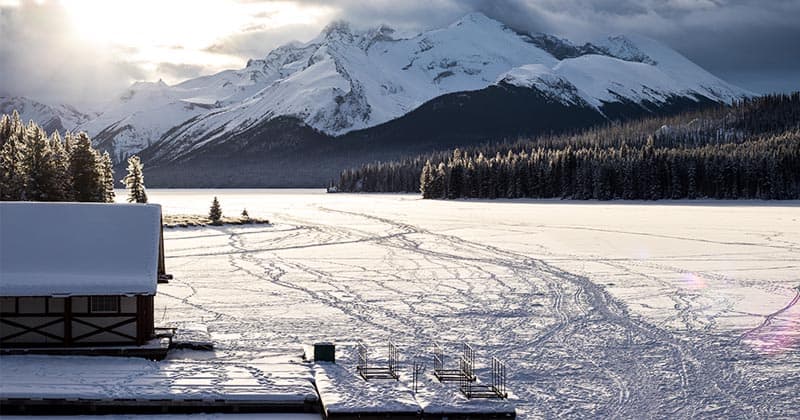When people think of Alaska, they often imagine off-grid cabins in the remote wilderness where people hunt for food and heat with firewood they chopped themselves.
In reality, living off grid in Alaska is much more complicated. Not only do you have to endure the harsh conditions, but you have to navigate Alaska’s laws about off-grid living.
Want to learn more about living off the grid? Read:
Is Living Off-Grid Legal in Alaska?
Nearly 98% of Alaska is remote land that isn’t incorporated into any city.
In these areas, off-grid living is usually legal. In fact, living off grid may be your only option as these areas often aren’t covered by municipal services.
However, the majority of Alaskans live in incorporated cities. Off-grid living, especially sewage disposal and wind energy systems, is highly-regulated in these areas to the point where it may be illegal.
So don’t assume that you can move anywhere in Alaska and legally live off grid.
Alaska Zoning Laws and Off-Grid Living
Municipalities typically divide land into zoning districts. Each zoning district has its own rules about what you are legally allowed to do on your property. Some of these zoning laws in Alaska may make it illegal to live off grid in the way you want.
A unique thing about Alaska zoning laws is that cities are often very small in size. For example, the city of Soldotna has a population of about 4,700 people. In other areas of the USA, places with populations this small might not even count as a city. These low-population areas would usually be zoned as Rural or Agricultural and have very few regulations.
Yet, despite it having a small population, Soldotna has strict zoning laws. Most of the city falls under Residential zoning, and there is very little rural zoned land.
You might even encounter strict laws in rural zoned land in Alaska too. For example, the city of Wasilla (pop. 10,000) only allows this many farm animals in rural zones:
- Up to two cows, horses, pigs, or other animals with a typical weight of 250lbs per animal
- Up to 10 goats, sheep, or other animals with a typical weight of 25-250lbs
- Up to 50 rabbits, mink, or other animals with a typical weight of less than 25lbs
If you were thinking, for example, of setting up a rabbit-breeding farm to sustain yourself, you’d find your business options highly limited.
Building Codes in Alaska
Contrary to what many think, there are building codes in Alaska. While not always enforced, these codes apply even in remote areas of the State. Currently, Alaska uses these building codes:
- 2012 International Building Code
- 2018 International Energy Conservation Code
- 2012 International Fire Code
- 2012 International Fuel Gas Code
- 2012 International Mechanical Code
As of writing, Alaska has not adopted a statewide residential building code. Cities may have their own residential codes to follow, though.
Building Permits in Alaska
In most incorporated areas of Alaska, you need to get a permit for most construction projects over…
